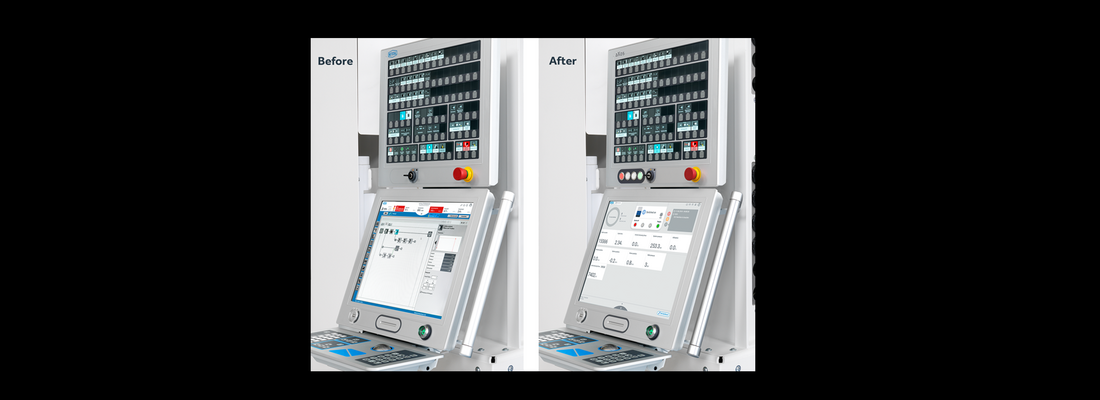In high-performance applications, work is often done to shorten cycle times in order to be able to produce even more. However, these gains are often eaten up by small efficiency losses. Some downtimes are either not taken into account or are regarded as unavoidable. This applies in particular to waiting times that are due to specific operating processes. For example, when production has to be paused for a routine task and can then only be restarted by specially trained personnel. With Smart Operation, Netstal offers a practical solution with which manufacturing companies can reliably eliminate such idle times and significantly increase productivity as a result.
Sales increase in the six-figure range
A real customer example shows the potential of Smart Operation: In the production of dental components, the injection molding machines have to be stopped at regular intervals in order to lubricate the molds. Because the plant maintenance staff were unable to operate the injection molding machine, an application technician had to be called in each time. As this specialist looks after several systems at the same time, there were many waiting times of just a few minutes. Over the course of the year, this added up to a considerable period of non-production.
With Smart Operation, Netstal has offered this customer an optimal solution. By anchoring specific production processes in the machine control system, a guided operation was created that can also be carried out by maintenance personnel without errors after brief instruction. Today, this customer has equipped several machines with Smart Operation and reports a six-figure increase in turnover. This is solely due to the elimination of the many short waiting times. Today, the plant maintenance staff independently access the machine, stop production, lubricate the tool and then return the entire production cell, including the removal robot and packaging system, to production status.
Intuitive and safe operating concept eliminates unproductive idle times
The Smart Operation concept is based on anchoring operation-relevant scenarios and processes in the control system and changing the operating status at the touch of a button. A total of four of the so-called “Smart Buttons” are available. A color code on the main screen clearly indicates which buttons can be used to continue. The relevant buttons light up in the corresponding colors. For example, red for “Stop cycle mode” or green for “Start cycle mode”. If certain work steps are also required, such as ejecting the injection unit, this is displayed as an instruction. The execution must be confirmed before the next step can be continued. The principle is as intuitive as operating a coffee machine that indicates when the coffee grounds container needs to be emptied or a descaling program needs to be carried out.










